7 Beautiful South Asian Wedding Traditions That Make Your Big Day Special
January 30, 2025
Every South Asian wedding is a masterpiece, woven with rich cultural traditions that have been passed down through generations. These sacred rituals not only celebrate the union of two souls, but they also honor the beauty and depth of your heritage. From vibrant ceremonies to timeless customs, these South Asian wedding traditions are what make your big day uniquely special and memorable.
As a luxury South Asian wedding planner, we’ve had the honor of orchestrating countless beautiful celebrations that showcase these meaningful traditions. Each tradition adds its own layer of significance. It all helps to create an experience that is deeply rooted in love, respect, and culture. The cherished rituals we’ll discuss today are central to Hindu weddings, each carrying profound cultural and spiritual significance.
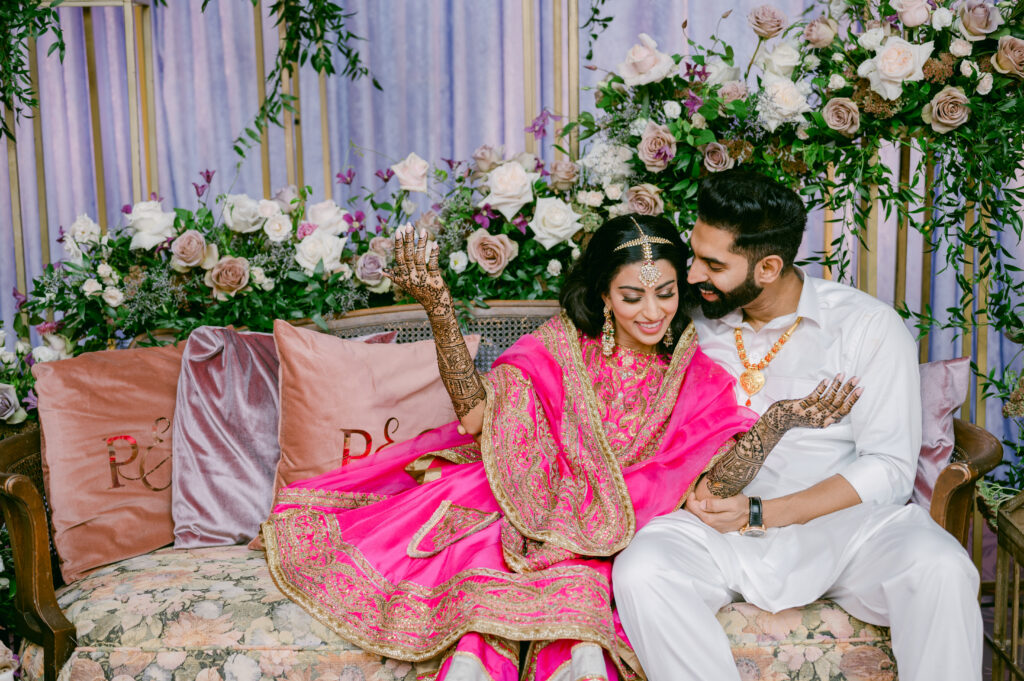
Here are some of our favorite South Asian wedding traditions that truly make your celebration one-of-a-kind.
1. The Mehendi Ceremony (Henna Ceremony)
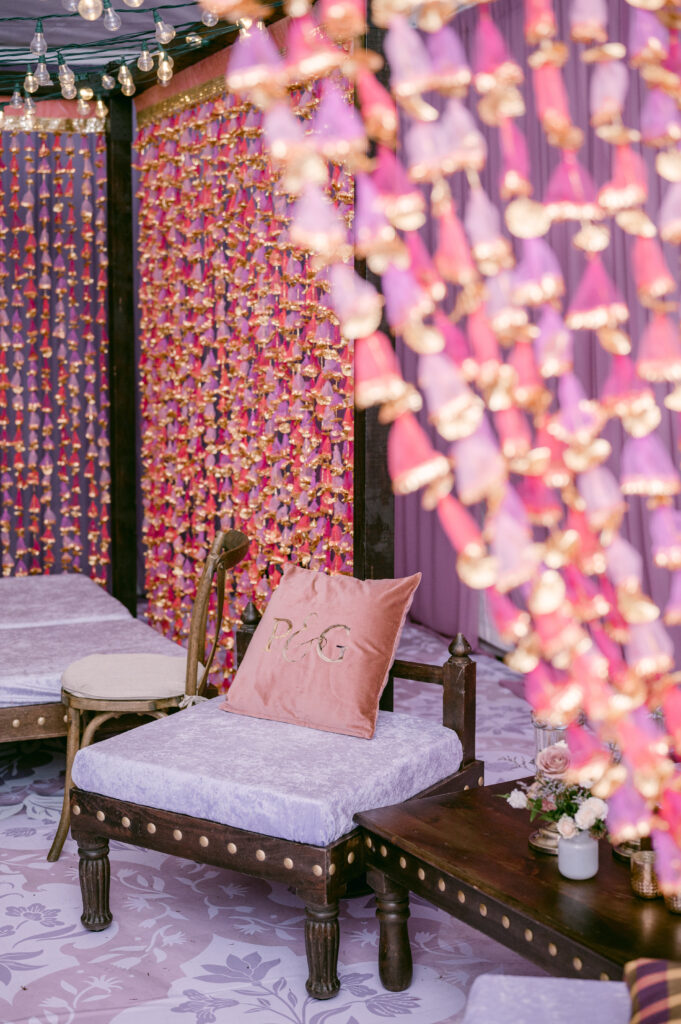
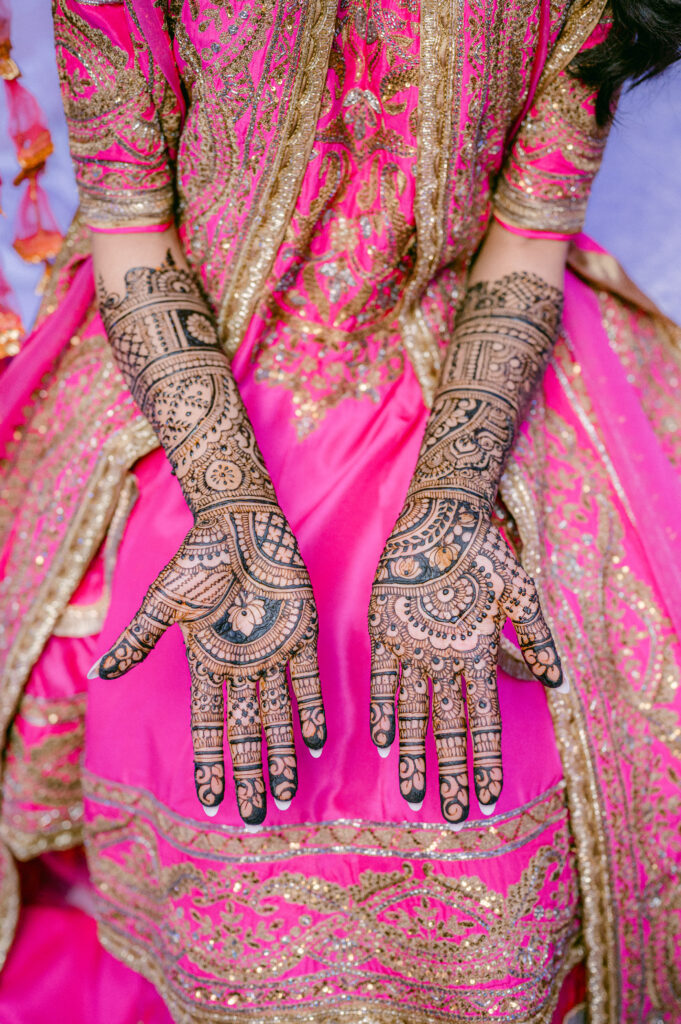
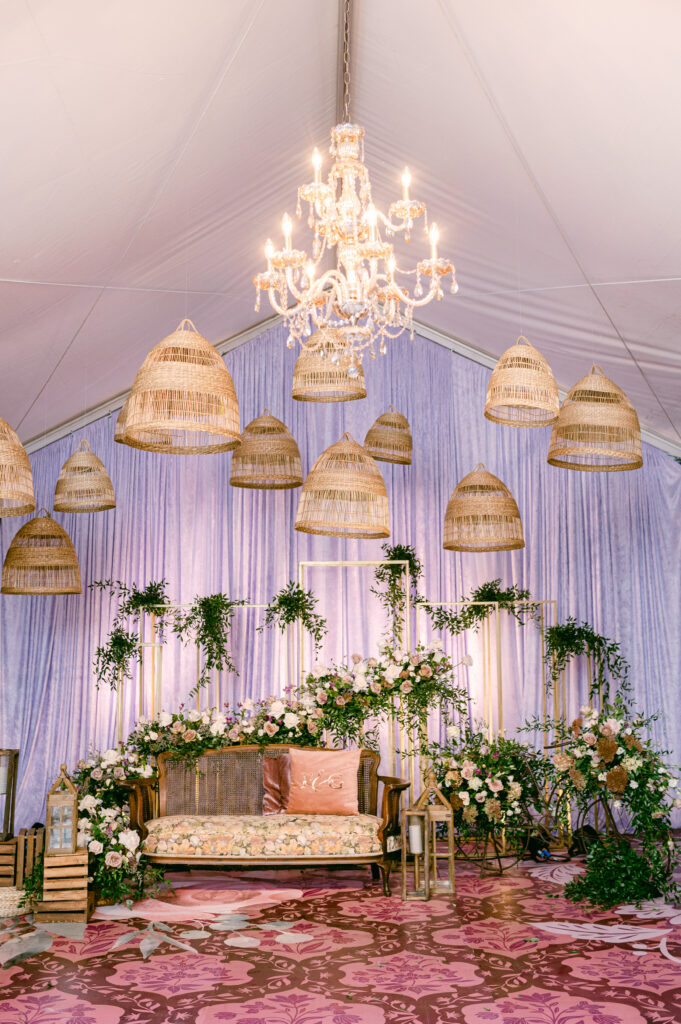
One of the most beloved traditions in South Asian weddings is the Mehendi ceremony. It is a pre-wedding celebration where intricate henna designs are applied to the bride’s hands and feet. This ritual is not only a beautiful expression of art, but it also symbolizes good luck, love, and prosperity for the bride’s new journey. The vibrant colors and lively atmosphere of the Mehendi create an unforgettable moment, filled with music, dancing, and joy. It’s the perfect way to start your wedding festivities in a celebration of family and culture.
2. The Sangeet
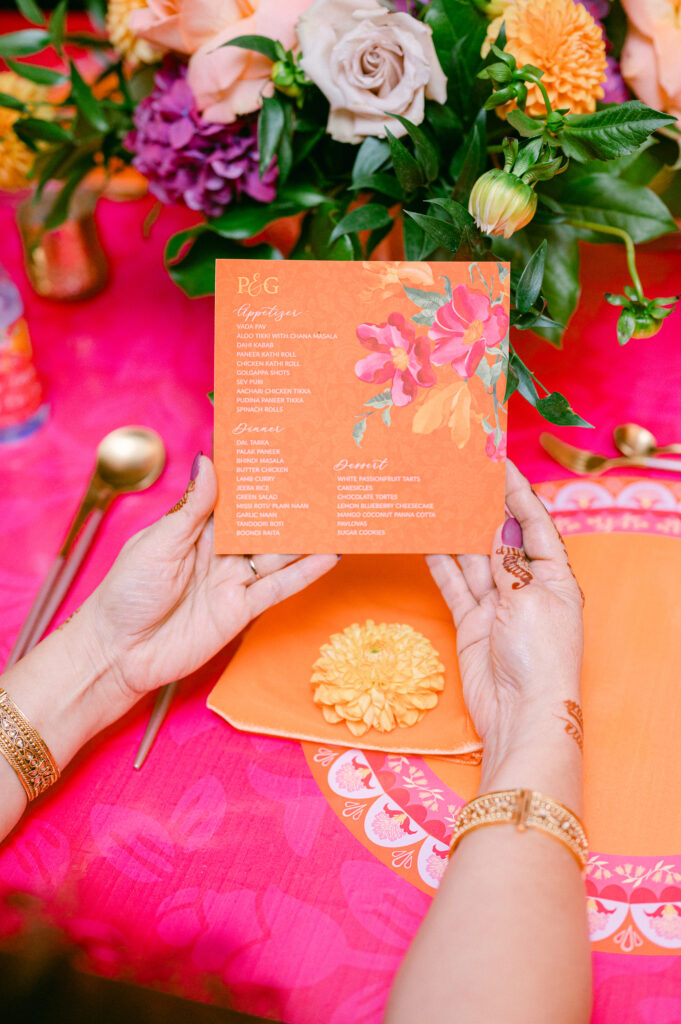
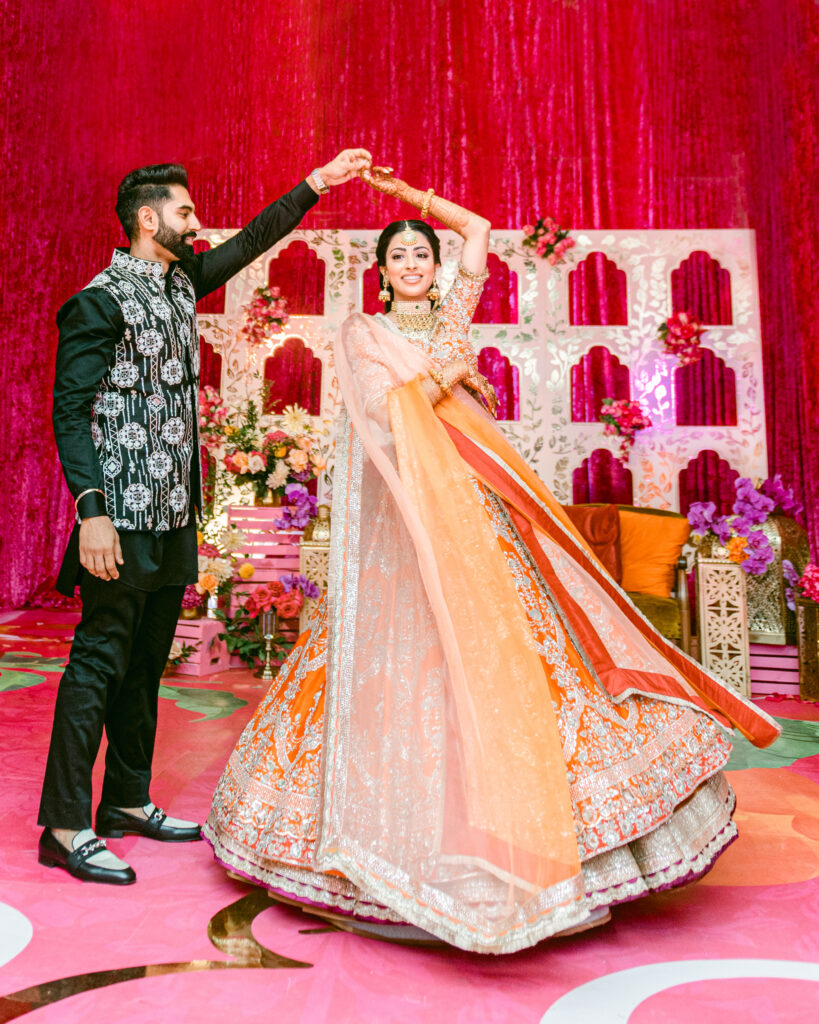
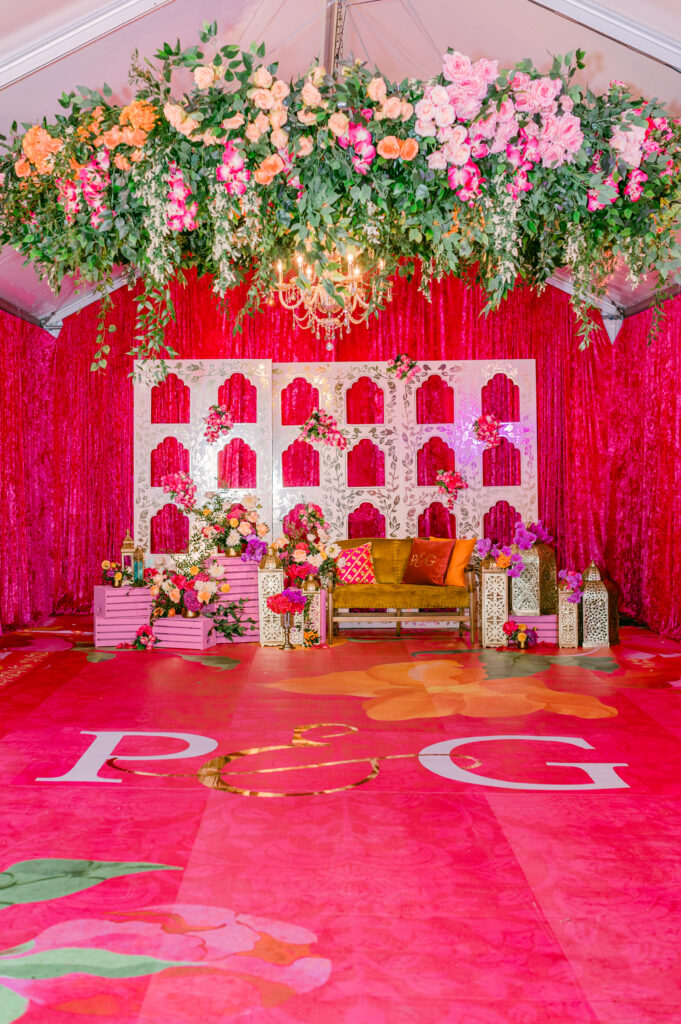
The Sangeet is an energetic and joyous celebration for an evening of music, dancing, and heartfelt performances. Traditionally, this event takes place a day or two before the wedding and allows families and friends to bond, celebrate, and share the excitement of the upcoming nuptials. The Sangeet is a reflection of the joy and unity that surrounds a South Asian wedding. With traditional dances, songs, and performances, it’s a highlight that will leave you and your guests with lasting memories.
3. The Baraat (Groom’s Procession)
The Baraat is one of the most thrilling moments in a South Asian wedding, where the groom arrives at the venue accompanied by a procession of family and friends. This festive, lively procession typically features music, dancing, and a joyful atmosphere as the groom makes his way to the ceremony. In many cultures, the groom rides a horse or is chauffeured in a lavish vehicle, marking the grandeur of his arrival. The bride’s family, often led by the bride’s father, greets him with warmth and excitement, symbolizing the welcoming of the groom into the bride’s family.
4. The Varmala (Exchange Of Garlands)
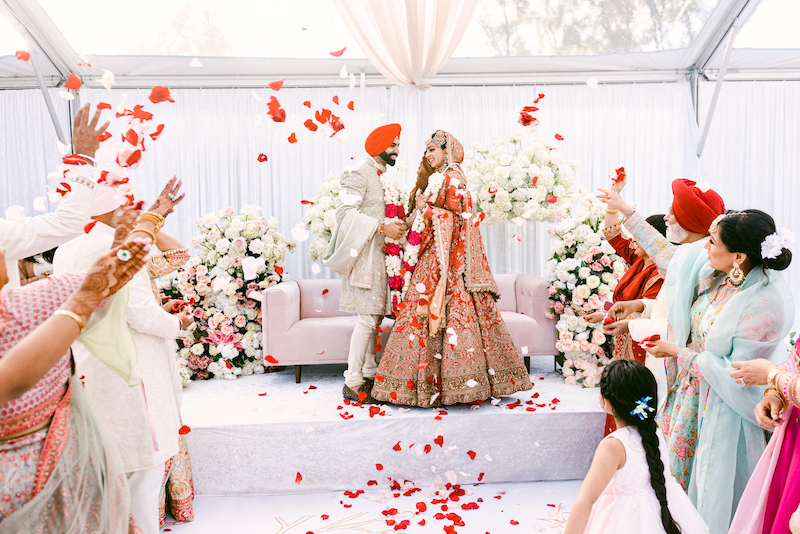
The Varmala is a beautiful tradition where the bride and groom exchange floral garlands, signifying their mutual respect, love, and the beginning of their union. This ritual is deeply symbolic, as the exchange of garlands represents the acceptance of each other as life partners. It’s a moment that captures the essence of the celebration—full of love, joy, and hope for the future. The visual of the bride and groom exchanging garlands amidst their loved ones is one of the most treasured moments of a South Asian wedding.
5. The Phere (Seven Circles)
The Phere is the most sacred part of a South Asian wedding, especially in Sikh and Hindu traditions. The couple circles the holy fire seven times, with each circle symbolizing a vow or promise made to each other. These vows are not just about love but also about commitment, trust, and partnership in all aspects of life. As they walk together, hand in hand, they not only pledge their love but also their devotion to upholding the values and traditions that will guide their life together.
6. The Sindoor And Mangalsutra Ceremony
The Sindoor and Mangalsutra ceremony is a deeply significant ritual in South Asian weddings, particularly within Hindu traditions. During this ceremony, the groom applies sindoor (a red powder) to the bride’s forehead and ties the Mangalsutra (a sacred necklace) around her neck, signifying her new role as a married woman. This tradition is rich with cultural significance. It represents the groom’s commitment and the bride’s new responsibilities as a partner in marriage. It’s an emotional moment, filled with reverence and commitment.
7. The Vidaai (Bride’s Farewell)
The Vidaai is a deeply emotional moment. It signifies the bride’s departure from her parental home to start a new life with her husband. This is the bride’s farewell to her family, where she often sheds tears as she bids goodbye to the life she once knew. The father of the bride traditionally performs this ritual, symbolizing his blessing as she enters her new life. The Vidaai is both a joyous and poignant moment. It captures the depth of the bride’s love and her family’s support as she embarks on her new journey.
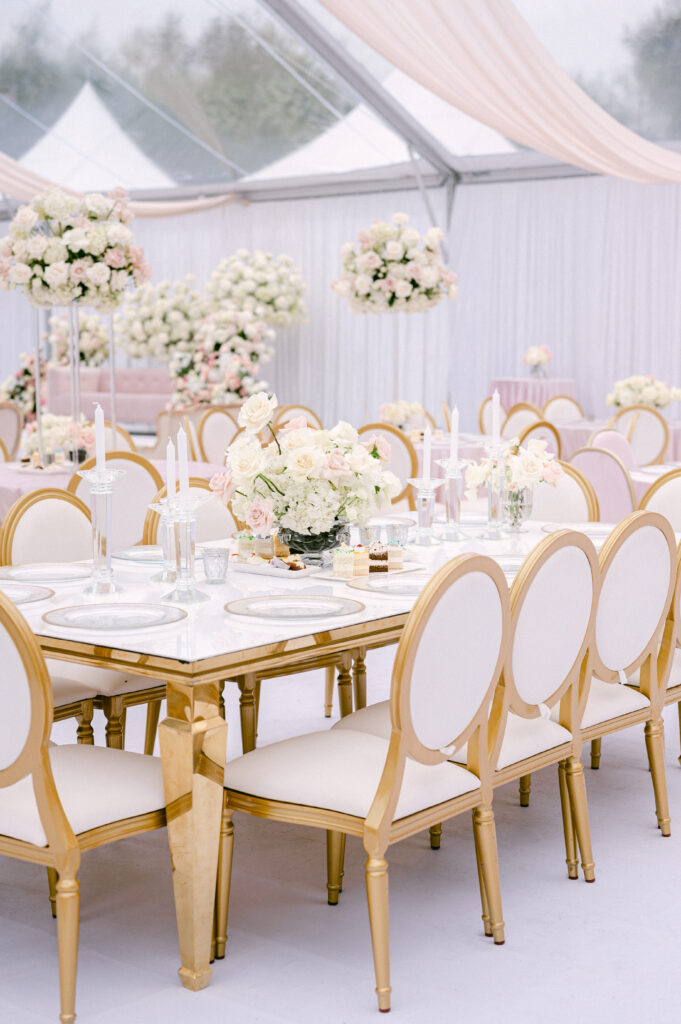
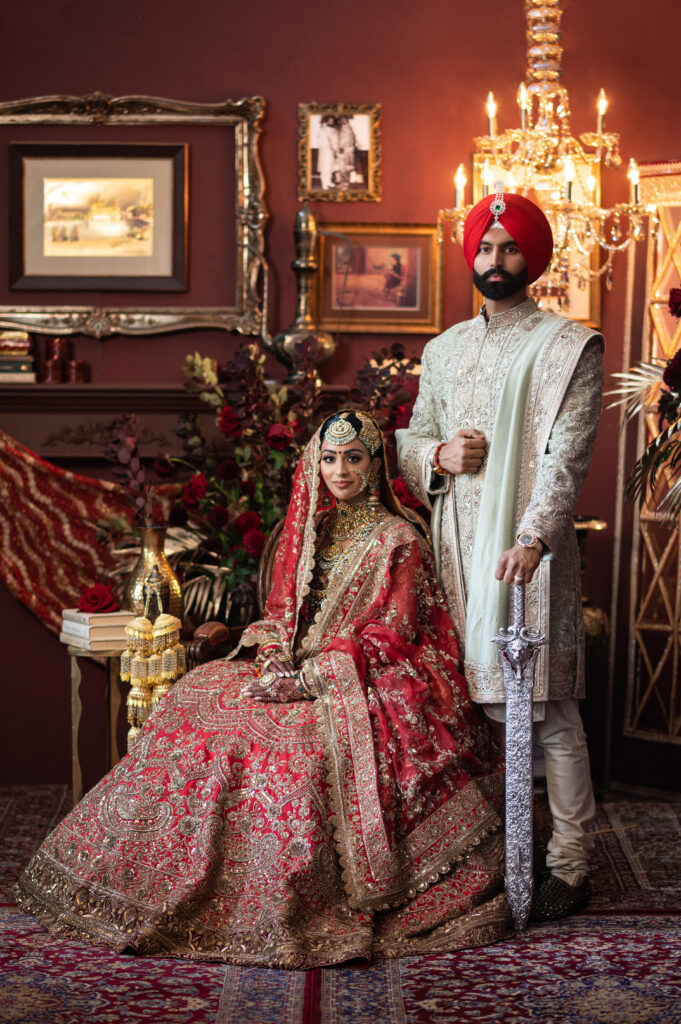
South Asian Wedding Traditions We Love
South Asian wedding traditions are a celebration of love, culture, and the deep connections that bind families and communities. Each tradition carries its own significance and meaning, making every moment feel special and full of emotion. Whether it’s the lively Sangeet, the sacred Phere, or the heartfelt Vidaai, these traditions are what make your South Asian wedding so uniquely yours.
We take pride in curating every detail of your wedding with deep respect for your culture and traditions. Ready to bring your dream wedding to life? Let’s create something extraordinary together.